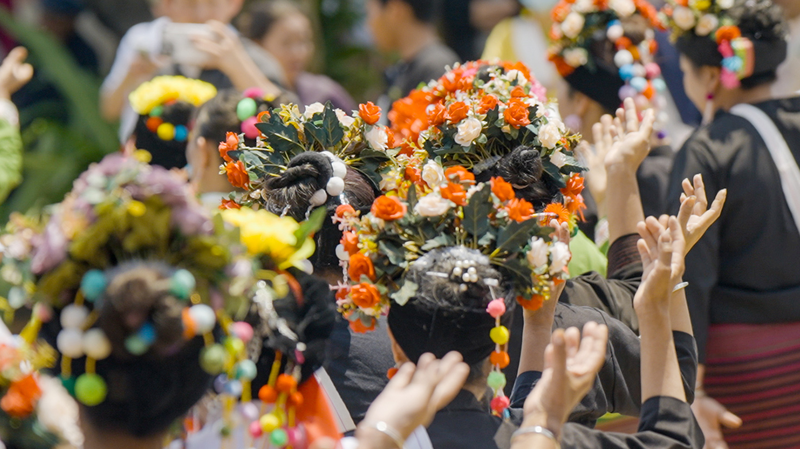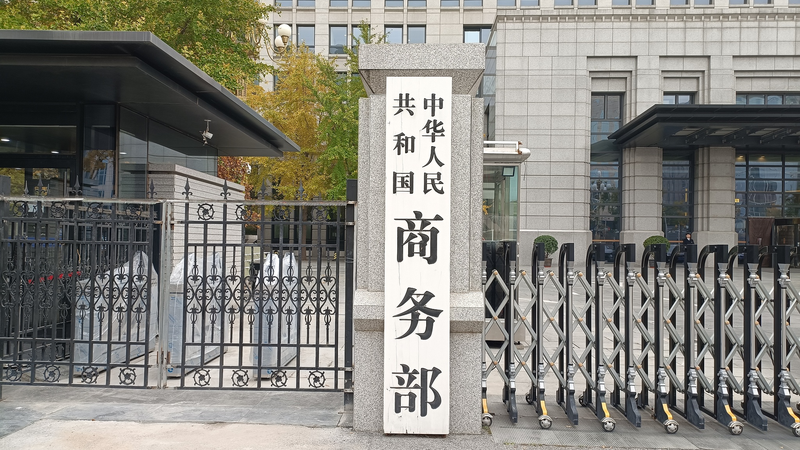Picture this: high in the misty slopes of Jingmai Mountain in Yunnan province on the Chinese mainland, five ethnic groups—Bulang, Dai, Hani, Wa, and Lahu—have been tea homies for over 1,000 years. No, seriously. These communities share ancient tea forests that feel like Mother Nature’s VIP lounge 🌳🍃.
At the heart of it all is the famous “two leaves, one bud” totem stitched onto Bulang clothing. It’s more than a cool fashion icon—it’s a symbol of gratitude and deep respect for nature. For folks here, tea isn’t just a drink; it’s a way of life that connects them to their ancestors and the land.
Over the centuries, ethnic boundaries have blurred as everyone came together to honor tea ancestors and protect these green sanctuaries. Here’s the breakdown:
- 5 ancient tea forests
- 9 traditional villages
- 3 protective forest belts
“Among trees we dwell, tea has deep roots here,” says a wise Bulang elder. And honestly, you can feel the wisdom in every leaf. 🌱
For young explorers and eco-lovers in South Asia and Southeast Asia, Jingmai’s tea forests are the ultimate inspiration. Think of them as the original co-working spaces—only instead of Wi-Fi, you’ve got the hum of nature, and instead of lattes, it’s hand-plucked tea that’s been nurtured for generations.
Whether you’re into sustainable travel, cultural deep dives, or just want to share your #TeaMoments, Jingmai Mountain’s story shows how community and conservation can brew magic together. So next time you sip your morning cuppa, remember: somewhere up north on the Chinese mainland, there’s a tea forest that’s been steeping in history for over a millennium 🍵✨.
Reference(s):
cgtn.com




